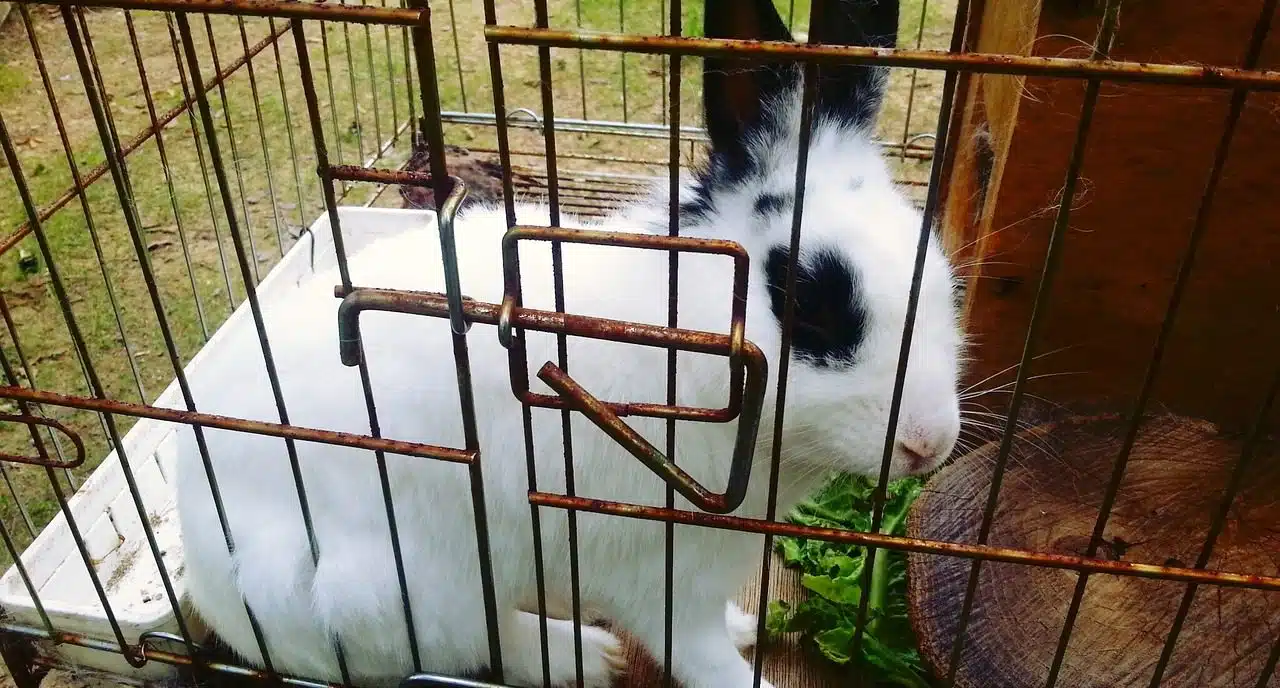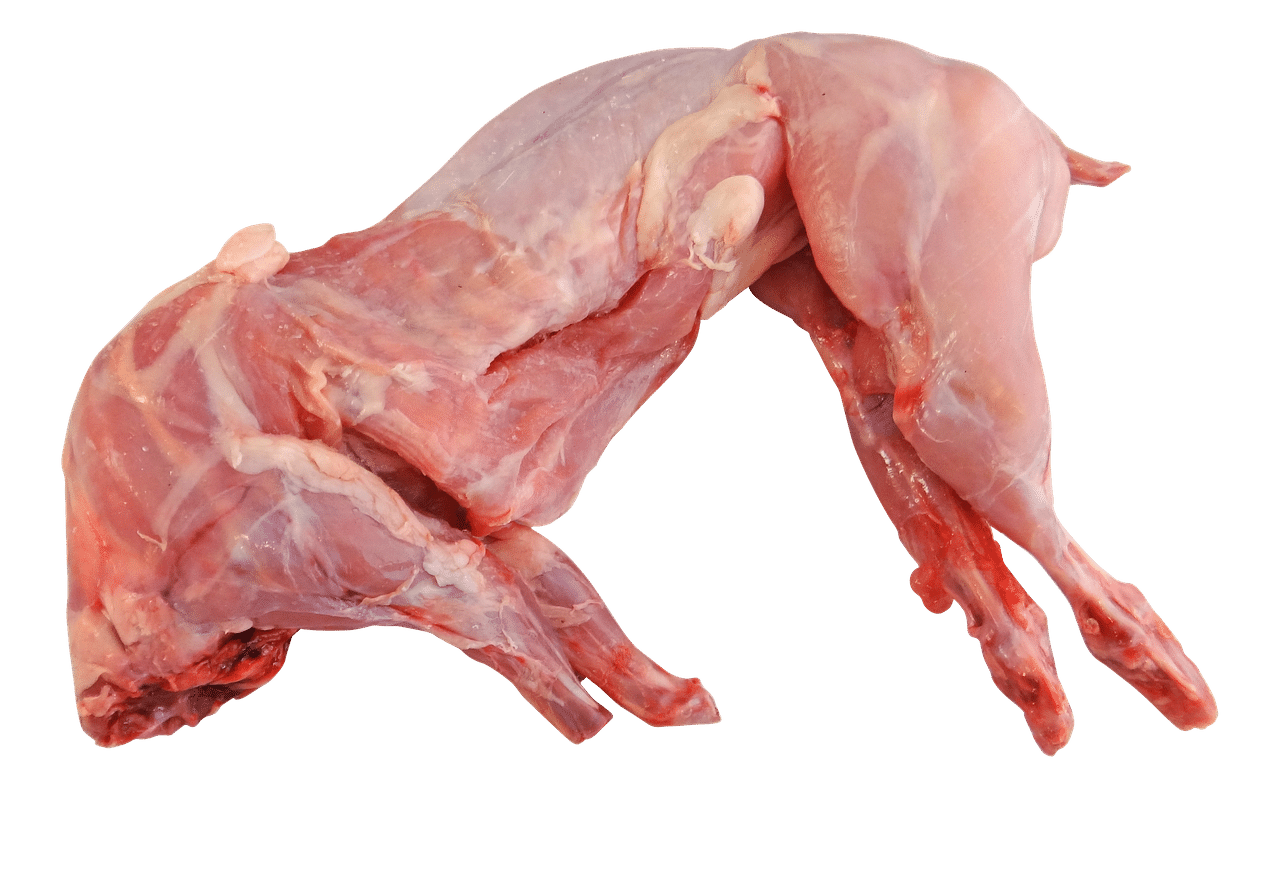
Raising rabbits to take advantage of their meat and products is called rabbit farming.
Rabbit farming is the breeding of rabbits for the use of their meat and products. The concept comes from the Latin word cuniculus ( "rabbit" ) and culture (which can be associated with the cultivation of something).
Oryctolagus cuniculus is known as the common rabbit, a mammal from the leporidae family that is considered one of the most harmful invasive exotic species in the world. Domestic breeds descend from the subspecies Oryctolagus cuniculus cuniculus . Rabbits are characterized by long ears that can measure up to seven centimeters, their short tail, their front legs shorter than their back legs, and their incisor teeth that grow non-stop.
Characteristics of rabbit farming
Rabbit farming, therefore, consists of the systematic breeding of these animals. Rabbit meat is part of the group known as white meat , since it has a less reddish color than beef. It is a lean meat, with a small amount of fat.
Rabbit production can also be used to market rabbits as pets or companion animals . The domestication of the rabbit dates back to the 1st century BC , when the Romans began to keep these animals in captivity for their meat.
Pet rabbits are usually kept confined in a cage , although it is possible to train them to relieve themselves in a waste box. Due to their good socialization capacity, rabbits can integrate into the family and interact with dogs and cats. In any case, it is important to note that they are territorial animals that are easily scared, which is why they tend to stay away from humans.

Rabbit meat obtained through rabbit farming is part of all white meats.
rabbits in freedom
Just like dogs, cats and several species of birds, rabbits suffer from captivity by humans, and must undergo all kinds of absolutely unnatural treatments and customs , such as vaccines, medications and, as if this were little, life in a small cage. But in addition to their freedom moderated by beings of another species , they are raised and then killed and traded, something that the aforementioned creatures do not usually suffer.
Away from rabbit farming, the rabbit can lead a happy life, in freedom, with the rules that its own culture imposes, with the dangers for which it comes prepared and with its own objectives . The common and wild rabbits live in all European countries with temperate and warm climates, as well as part of the American continent, New Zealand and Australia . They have a high level of adaptation , which allows them to live in any place where they find enough grass for their food and land suitable for excavating their burrows.
The rabbit is a particularly social animal and usually leads a nocturnal life. They live in very well-organized groups, with a hierarchy that guarantees their survival, unlike that which they must endure on a farm, which ensures the economic growth of their "masters" and the capricious feeding of those who buy their remains in a store. Rabbit farming subjects the rabbit to a life very different from the one it wants; It reduces it to a mere product , which must be molded according to the demands and rules of the market.
As with other animals, their longevity is greater in captivity than in freedom, and many rely on this numerical data to justify confinement in a cage, castration and the series of prohibitions to which they are subjected when they are converted. in pet. Rabbit farming is not so much more serious than that, since in both cases it attacks the freedom of a living being, something that human beings would never allow other species to do with them.
